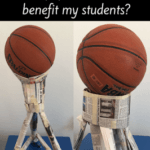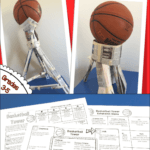STEM Engineering: Will building a tower with newspaper REALLY benefit my students?
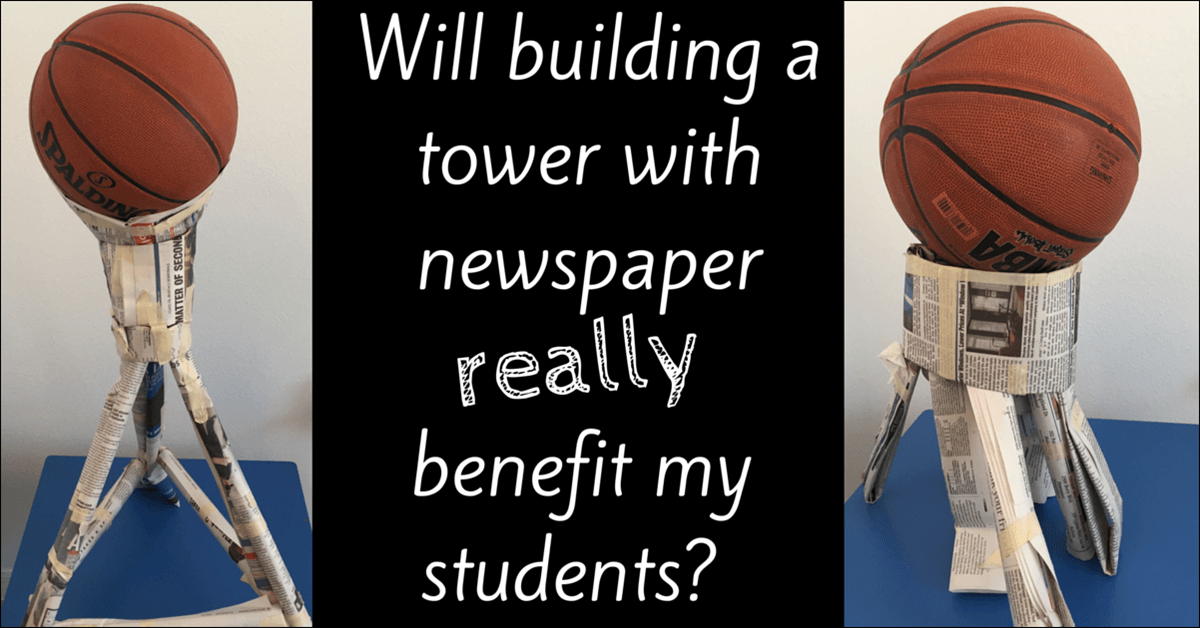
Guest post by Sarah Wiggins
You’ve probably noticed pictures of STEM engineering challenges floating around the teacher blog world recently, especially if you happen to be on Pinterest. There are so many pictures of plastic cup towers, coffee filter parachutes, and other cardboard contraptions. Perhaps you’ve plunged into the fun headfirst, or maybe you are still standing on the diving board wondering, “Will this activity really benefit my students?”
Short answer: YES! After looking at pictures of STEM projects, you might conclude that STEM engineering projects are simply arts and crafts on steroids. Really, they are so much more. Students who participate in STEM gain valuable skills that carry over into all parts of school.
8 Reasons Stem Challenges are Beneficial
- New Challenges
Each engineering challenge gives students something new to solve and more than likely, it is a challenge they have never tried before. - Critical Thinking Skills
Students aren’t just scanning a passage for an answer or solving math problems with a step-by-step process. They are actually coming up with a brand new solution. They can’t just copy an answer or guess. They have to manipulate the materials and THINK! - Hands on
With STEM engineering projects, students are DOING science, not just reading about it or answering questions about it. - Lots of Right Answers
This is especially great for your struggling students who sometimes struggle to get the one right answer. This is also great for your perfectionist students who feel most comfortable with only one right answer. It gives them practice being uncomfortable and looking for other possibilities. - Builds Background Knowledge
STEM activities give your students background knowledge that you can refer back to later on. For instance, if students are creating a newspaper tower, they will naturally learn that they have to balance and distribute the weight. Later on, when you are reading the textbook chapter, you can say, “Hey, remember when we built the newspaper tower…” and you can build on their knowledge. - Safe Failure
STEM engineering challenges give students a safe place to experience failure and to learn from attempts that don’t work. When their first prototype doesn’t work, they just create a new one, and they learn that it is ok to mess up. - Teamwork
Students learn to compromise, share tasks, and work together in order to meet the challenge with the designated time and material constraints. They quickly learn that if they do not work together, they will not finish their challenge in time. Having a completed project is a great motivation! - Bang for your Buck I don’t mean money, but time. Science time is precious and scarce. STEM engineering challenges can practice a whole lot of essential skills (measurement, creating a hypothesis, conducting an experiment, using science tools, thinking like a scientist, and more) in a short amount of time.
Free Basketball Tower STEM Challenge
Will building a tower with newspaper really benefit your students? Absolutely, positively, yes! And doing STEM regularly contributes to the growth mindset in your classroom, not just for STEM projects, but for other academic challenges as well. If you would like to try a STEM Challenge for yourself, here is a free challenge to try in honor of the upcoming college basketball mania of March: Free Basketball Tower STEM Challenge
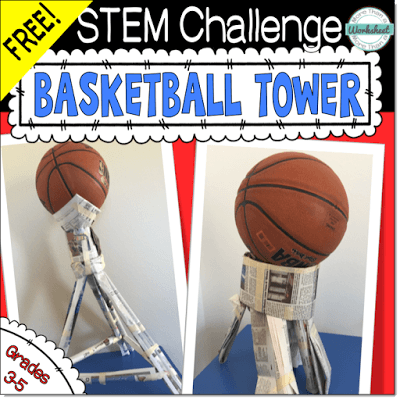
You only need a few easy-to-find materials: newspaper, masking tape, and a basketball. The challenge is simple to grasp: build a tower out of newspaper and masking tape that will support a basketball. Don’t be fooled, though, it is harder than it seems!
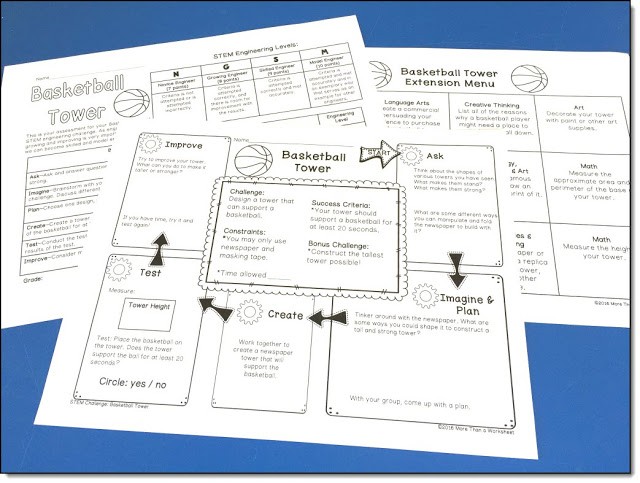
My goal is to make STEM as easy to implement as possible, so this pack includes a graphic organizer to guide students through the STEM engineering design process, notes explaining the science of it all, a rubric for grading, and an extension menu. You will love watching your students work together and think critically as they engineer their tower!
Sarah Wiggins blogs at More Than a Worksheet. She strives to help teachers incorporate creativity, critical thinking, and fun into the curriculum. She loves to make students think, and she believes that learning is more than a worksheet!







